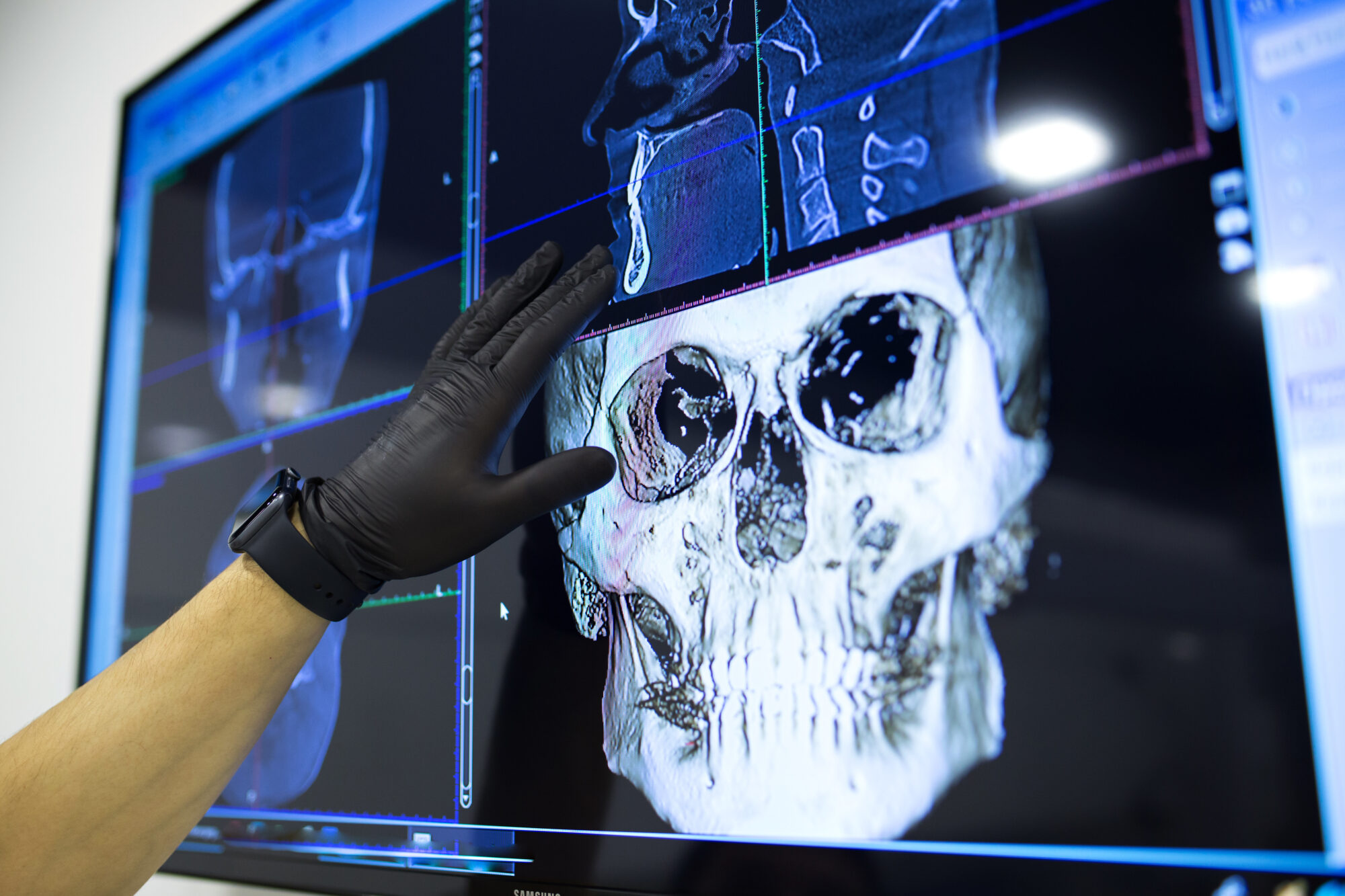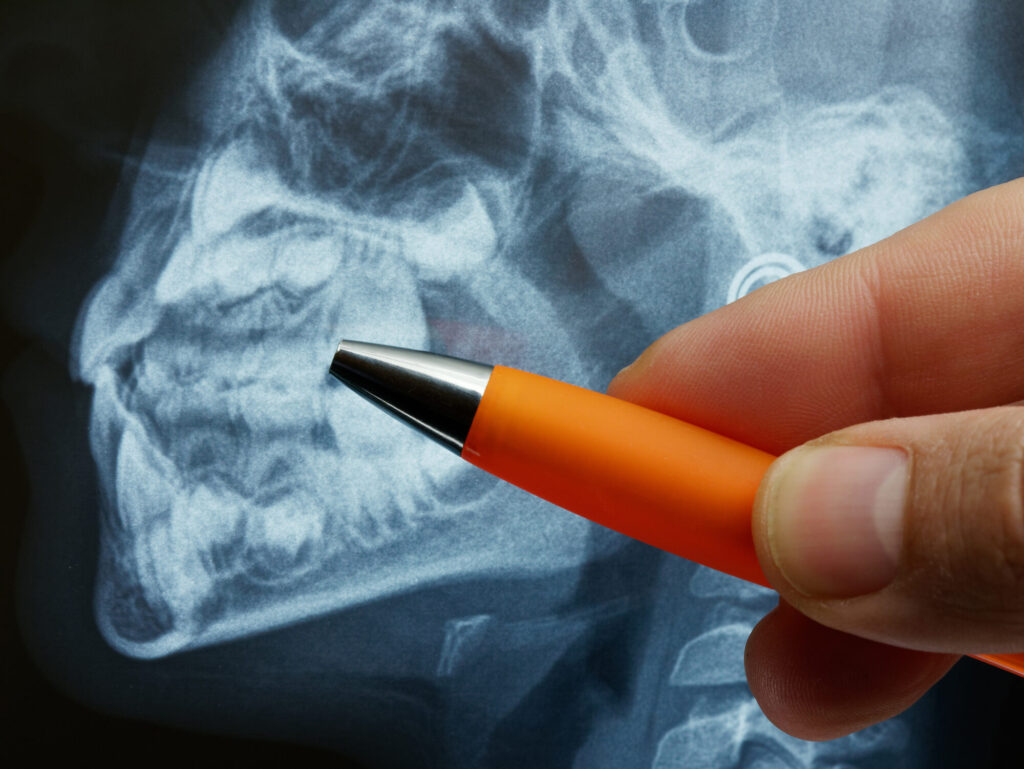
Maxillofacial surgery is a field that constantly evolves to meet the needs of patients more safely and effectively. At Athens Oral Surgery Center, innovation isn’t about flash, it’s about function. By combining advanced imaging, precise navigation tools, minimally invasive techniques, and thoughtful patient care, AOSC helps restore not just faces, but lives.
Surgical care has come a long way in recent years—and oral and maxillofacial surgery is no exception. At Athens Oral Surgery Center, the goal has always been to combine trusted, evidence-based practices with forward-thinking tools and techniques that improve precision, safety, and recovery.
From computer-guided procedures to enhanced imaging and sedation options, innovation isn’t just a buzzword. It’s how complex problems are solved more efficiently, with better outcomes for patients.
A Modern Approach to Complex Problems
Maxillofacial surgery deals with some of the most delicate and high-stakes areas of the body—the jaw, face, and mouth. Procedures in this field often address problems like:
- Facial fractures
- Impacted teeth
- TMJ disorders
- Bone loss in the jaw
- Jaw misalignment
- Facial trauma from accidents or injuries
Treating any of these conditions requires a deep understanding of both facial anatomy and function. But it also requires tools that allow the surgeon to see and act with more accuracy than ever before. That’s where new techniques come into play.
Image-Guided Surgical Navigation
One of the most important advances in maxillofacial surgery is the use of image-guided navigation systems. These tools give the surgeon a detailed, real-time map of the patient’s anatomy—like GPS for surgery.
At AOSC, image guidance helps with pinpoint accuracy during procedures such as:
- Placing dental implants
- Reconstructing facial fractures
- Corrective jaw surgery
When precision is critical, this kind of visual support can make all the difference. It reduces the margin of error and helps protect nearby structures like nerves and sinuses. For patients, that can translate to fewer complications, shorter recovery time, and better long-term results.

3D Imaging for Better Planning
Before any surgery begins, good planning is essential. Traditional X-rays give only a limited view, which makes it harder to fully understand what’s happening beneath the surface.
That’s why AOSC uses advanced 3D imaging, also known as cone beam CT scanning. This technology produces high-resolution, three-dimensional views of the teeth, jaw, and facial bones. The detail is far beyond what conventional imaging can offer, allowing the surgeon to:
- Visualize exact bone structure and density
- Locate impacted or damaged teeth
- Assess the shape and size of cysts or lesions
- Plan for grafting or implant placement
With more information upfront, surgical plans can be tailored to the individual. That means fewer surprises during surgery and a smoother overall experience.
Less Invasive Techniques, Faster Recovery
In the past, maxillofacial surgery often required large incisions and longer healing times. Today, many procedures are performed using smaller, more targeted approaches that minimize trauma to surrounding tissue.
That might mean using specialized tools to access a problem area through a smaller opening or applying digital planning software to avoid unnecessary disruption to healthy bone. For patients, the benefits are clear:
- Reduced swelling and bruising
- Lower risk of infection
- Quicker return to normal activities
- Less reliance on pain medications
These techniques are especially helpful when treating facial trauma, where cosmetic appearance and function are closely linked.
Sedation Tailored to the Patient
Another important area of innovation is sedation. For some patients, the fear of oral surgery is just as stressful as the procedure itself. AOSC offers multiple levels of sedation, from light conscious sedation to general anesthesia, all administered safely in-office.
More importantly, the approach is tailored to each patient’s medical history, anxiety level, and procedure type. Innovations in monitoring and anesthesia delivery systems help make the experience as comfortable and low-risk as possible.
Bone Grafting and Tissue Regeneration
When jawbone volume is lost—due to trauma, tooth loss, or disease—bone grafting may be necessary to restore structure and strength. What’s changed in recent years is the ability to use highly refined grafting materials and regenerative techniques that encourage the body to rebuild itself.
For instance, platelet-rich fibrin (PRF) uses a small sample of the patient’s own blood to concentrate healing factors. When applied during surgery, PRF can:
- Speed up tissue regeneration
- Improve integration of dental implants
- Reduce swelling and inflammation
These kinds of biologically guided techniques represent a shift toward more natural, patient-driven healing.
Focus on Function, Not Just Fixing
Ultimately, the most important innovation in maxillofacial surgery isn’t a specific tool or technique, it’s the shift in mindset.
At Athens Oral Surgery Center, the focus isn’t just on fixing a problem. It’s about restoring confidence, function, and quality of life. Whether a patient has suffered facial trauma in an accident or is simply seeking relief from jaw pain, the care plan is shaped around long-term results.
Every step—imaging, planning, sedation, surgical technique, and follow-up—is designed to support that goal.
Call Athens Oral Surgery Center and Learn How We Can Help You
Advances in maxillofacial surgery are making treatments safer, faster, and more precise than ever before. If you’re considering surgery, scheduling a consultation is the best way to learn how today’s innovative techniques can improve outcomes and support a smoother recovery.
If you want help or have questions about maxillofacial trauma treatment, contact our experienced team today at 706-549-5033.
Related Articles:
What to Expect After Wisdom Teeth Removal
